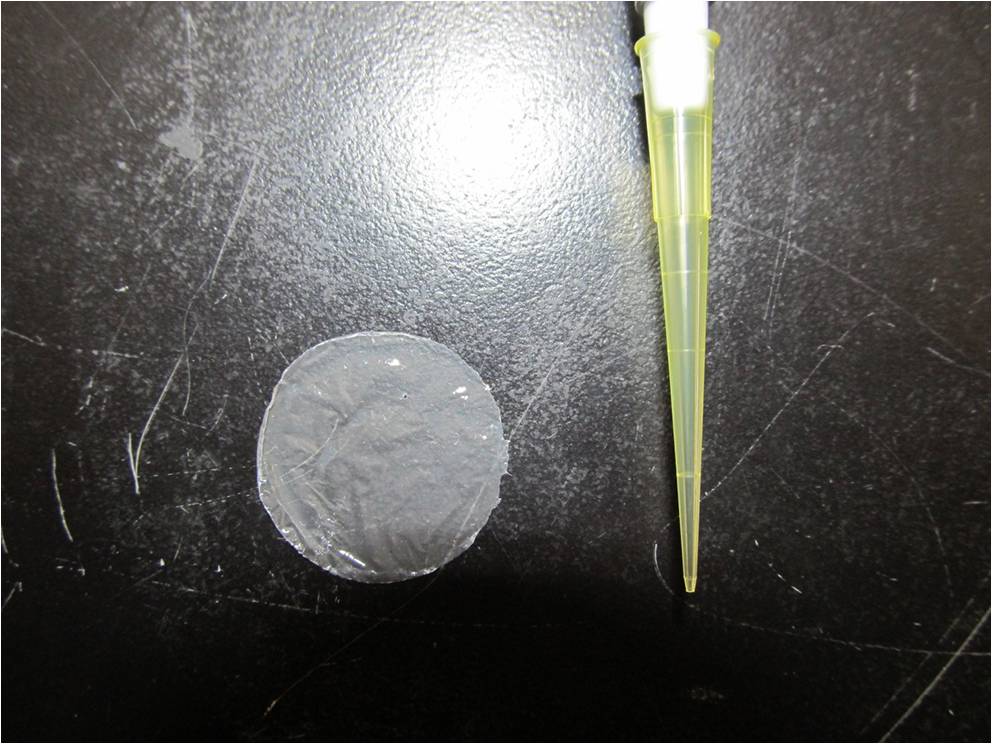Team:Tokyo Tech/Experiment/PHB2
From 2012.igem.org
(Difference between revisions)
| Line 4: | Line 4: | ||
<div class="whitebox"> | <div class="whitebox"> | ||
| - | =P(3HB) | + | =D Make purified P(3HB) sheets= |
| - | + | ||
| + | We made P(3HB) sheets. To make the sheets, we cultured <I>E.coli</I> JM109 in erlenmeyer flasks at 37°C for 72h. Contact angle is an indicator to represent the strength of the water-repellent. The angle shows the physical properties, especially surface tension. | ||
| + | When contact angle of sheets is larger than 90°, from Young equation, the sheets would have more strong water-repellent by increasing real surface area. Contact angle of P(3HB) sheets is about 100° from literature data. | ||
| + | [[https://2012.igem.org/Team:Tokyo_Tech/Experiment/PHB#D_Polymer_extraction_and_purification Protocol]] | ||
| + | |||
| + | |||
| + | [[File:tokyotech PHB6.png|600px|thumb|center|Fig2-2-4-4-1, P(3HB) sheet]] | ||
Revision as of 16:34, 26 October 2012
D Make purified P(3HB) sheets
We made P(3HB) sheets. To make the sheets, we cultured E.coli JM109 in erlenmeyer flasks at 37°C for 72h. Contact angle is an indicator to represent the strength of the water-repellent. The angle shows the physical properties, especially surface tension. When contact angle of sheets is larger than 90°, from Young equation, the sheets would have more strong water-repellent by increasing real surface area. Contact angle of P(3HB) sheets is about 100° from literature data. [Protocol]
 "
"
